#jan gossaert
Text

This doggo hasn’t much interest in the birth of the son of God. This bone is much more interesting
Jan Gossaert (Jean Gossart) (active 1508; died 1532)
The Adoration of the Kings, 1510-15
#found#art#dogs in paintings#dogs#dog#dogs of tumblr#16th century#animals in art#dogs in art#jan gossaert
275 notes
·
View notes
Text

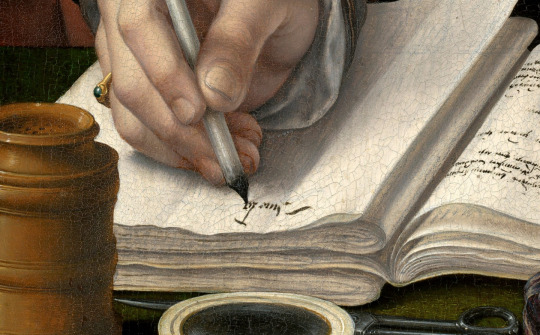
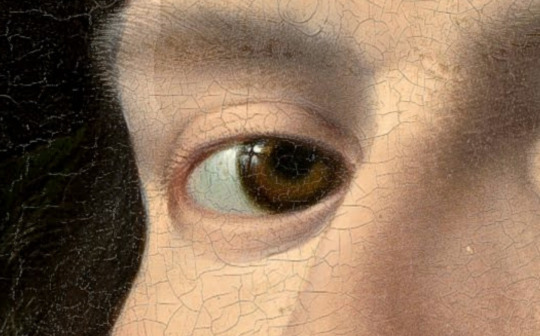

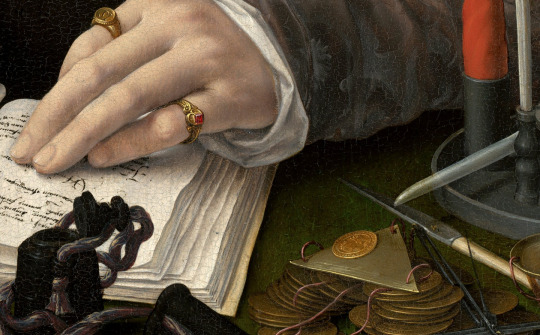
Jan Gossaert - Portrait of a Merchant, c. 1530 (detail), oil on panel
411 notes
·
View notes
Text
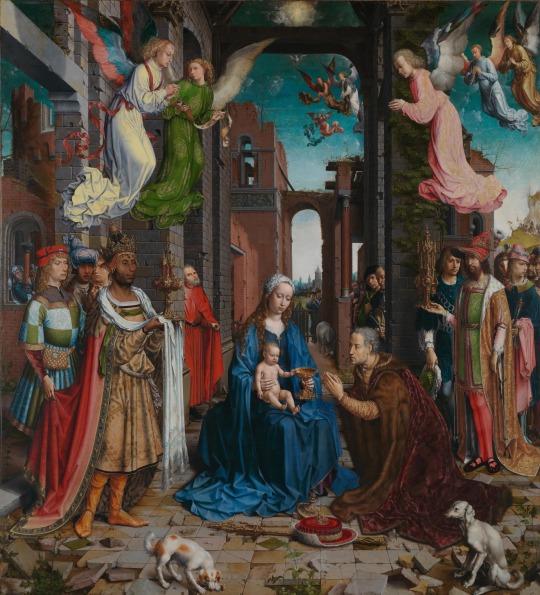
Jan Gossaert
28 notes
·
View notes
Text

scottishsquirrel: Jan Gossaert (1478-1532), Portrait of a Man (c. 1530)
11 notes
·
View notes
Text

Jan Gossaert (French, 1478-1532)
The Adoration of the Kings, ca.1513
”For God so loved the world, that he gave his only begotten Son, that whosoever believeth in him should not perish, but have everlasting life.” - John 3:16, The Bible.
#art#fine art#oil painting#christian art#christianity#western civilization#classical art#the adoration of the kings#jan gossaert#french art#french#france#1500s#renaissance#medieval#the bible#Jesus Christ#Virgin Mary#Three Kings#The Maji#european art#europe#european#fine arts#mediterranean#europa#angels#angel#the nativity#blonde
51 notes
·
View notes
Text
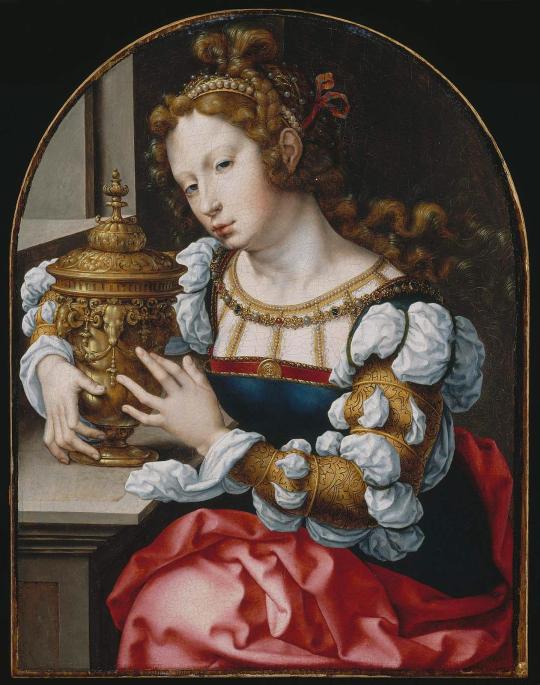
Mary Magdalen, Jan Gossaert, 1525-30
#Mary magdalen#Mary magdelene#jan gossaert#gossaert#1525#1530#1520s#1530s#16th century#painting#portrait#art
27 notes
·
View notes
Photo

Jan Gossaert - Christ Carrying the Cross. 1520 - 1525
72 notes
·
View notes
Text



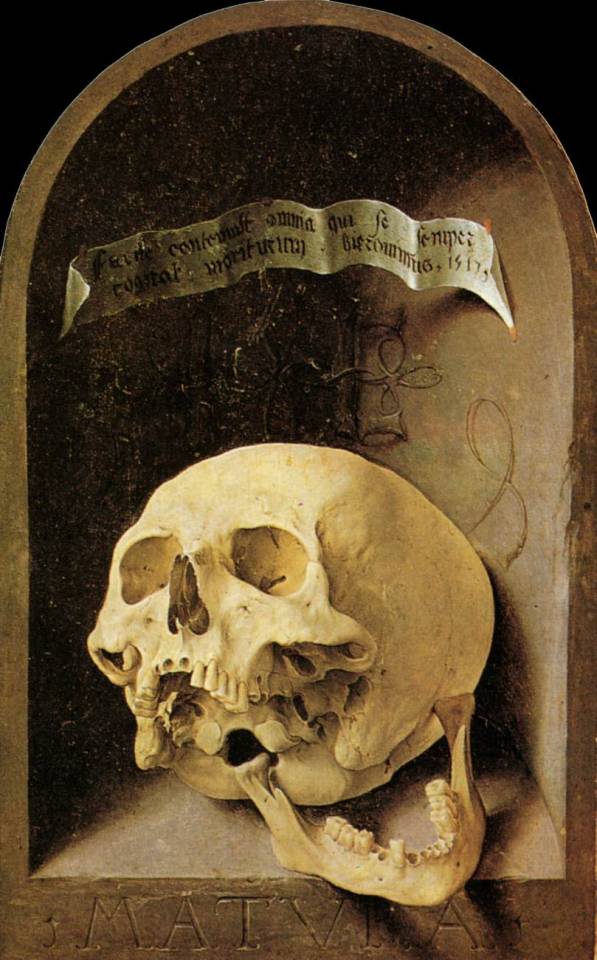
Memento Mori:
Braque Family Triptych closed WGA.
Hans Memling - St John and Veronica. Diptych reverse, 1475.
Reverse of the Portrait of Jane-Loyse von Nettesheim by Bartholomäus Bruyn, 1524
Jan Gossaert - Trompe-l'oeil Skull 1517.
12 notes
·
View notes
Text
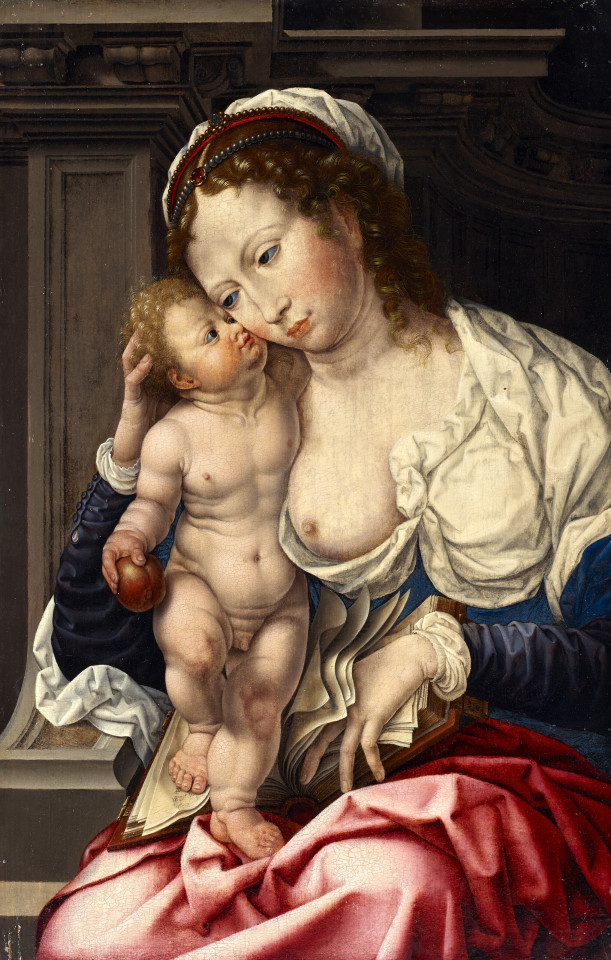
Workshop of Jan Gossaert - The Virgin and Child
8 notes
·
View notes
Text

Portrait of a Merchant
Jan Gossaert
1530
47 notes
·
View notes
Photo

eucanthos
_
Jan Gossaert: Portrait of a Gentleman, 1530
Petrus Christus: Portrait of a Young Woman, ca. 1470
Harriet Moutsopoulos: The Pruning/Taming of Aphrodite, 2022
#eucanthos#collage#reference#Iran#riot#hair#Mahsa Amini#hidjab#lexicon love#Petrus Christus#Harriet Moutsopoulos#Jan Gossaert
46 notes
·
View notes
Text

"Got milk?"
2 notes
·
View notes
Text

Gentile da Fabriano - Adoration of the Magi - 1423

Edward Burne-Jones - The adoration of the Magi - 19th century

Adoration Icon - Cretan School - early 17th century
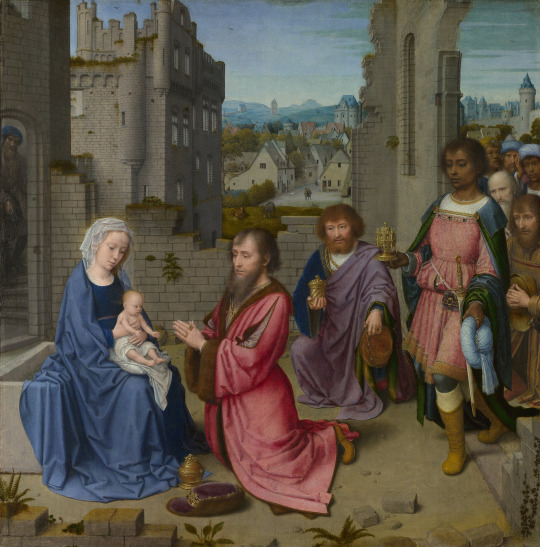
Gerard David - Adoration of the Kings, National Gallery, London, circa 1515

Jan Gossaert - Adoration - 1510
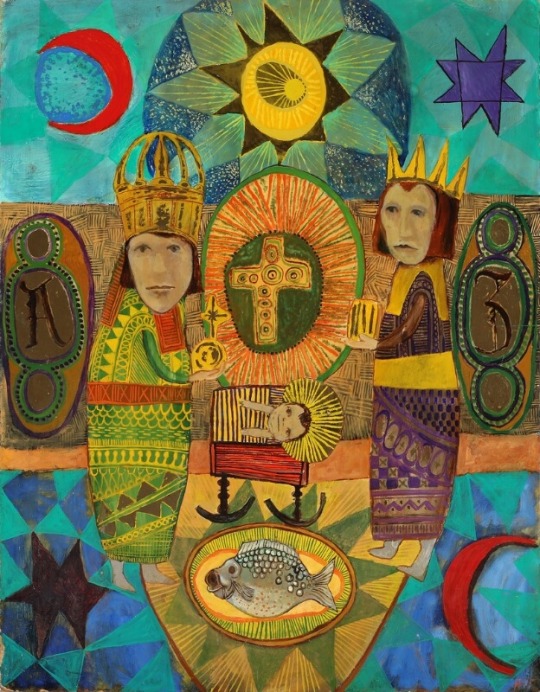
Hans Horn - The Adoration of the Magi - 1972
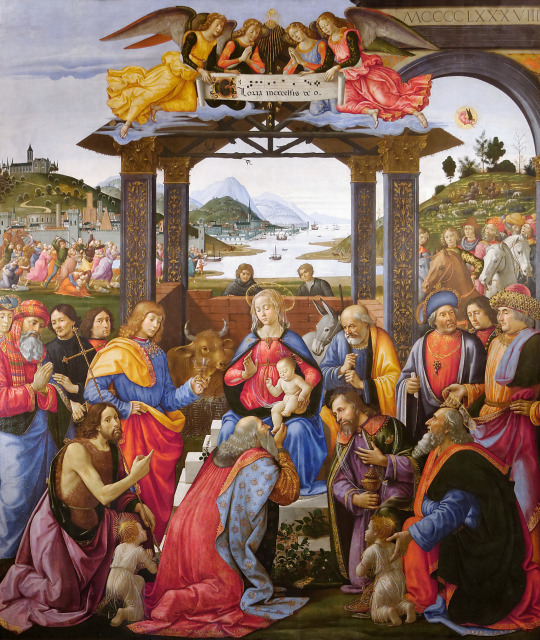
Domenico Ghirlandaio - 1485
#Adoration of the Kings#Adoration of the magi#the adoration#gerard david#art#Gentile da Fabriano#jan gossaert#Hans Horn#domenico ghirlandaio
2 notes
·
View notes
Text

Jan Gossaert
27 notes
·
View notes
Text
The Art of the Myth (4)
Let’s leave 19th century for the weird world of 16th century Italo-Belgian mythological painting - with a bizarre painter known by a bunch of names. I discovered him under the name Jan Gossaert, but it is often Frenchizied as Jean Gossaert, even though he is also known as Jan Mabuse, or in shorter as “Mabuse”.
And let’s begin with his first mythological painting: Neptune and Amphitrite, 1516:
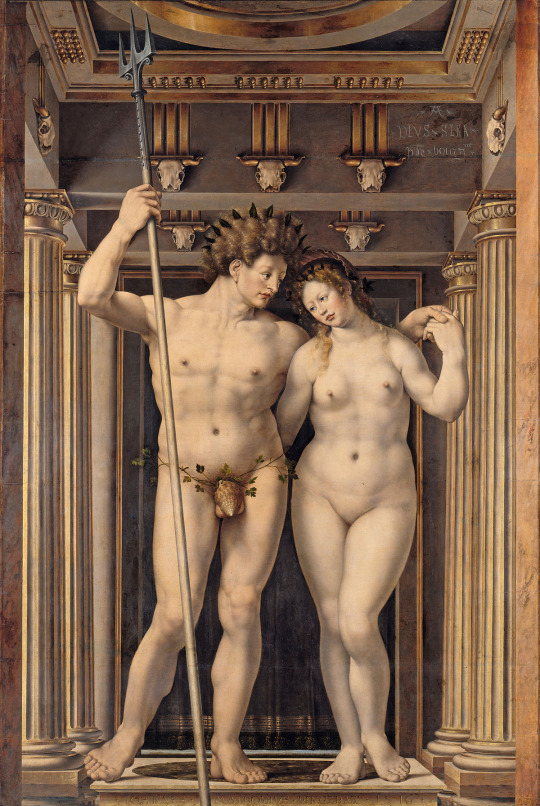
This painting has everything I personally deem weird and strange about dear old Mabuse. The very... unusual anatomy, let’s say. The equally... unusual faces. The 80s hairdo before its time. And the... unique use of a seashell instead of the usual leaf to cover Neptune’s “shameful” parts. As you can tell this is a very... unique painting, so to speak.
Let’s look at a later piece. 1510′s “The Metamorphosis of Hermaphrodite and Salmacis”. A little less unusual than the first piece, though I do note that poor Gossaert still has a BIG problem with aligning the eyes. But it is quite interesting to have depicted in the background what seems to be an “androgyne” from the philosophical myth of the androgyne (you know, the story about how originally humans had eight limbs, two heads, two sets of genitals, but then were split in two by the gods). It is a very interesting idea to superpose this harmonious male-female creature that was forcefully torn apart by the gods, with this male-female character that is about to be created by an attack and one forcefully imposing themselves on the other.
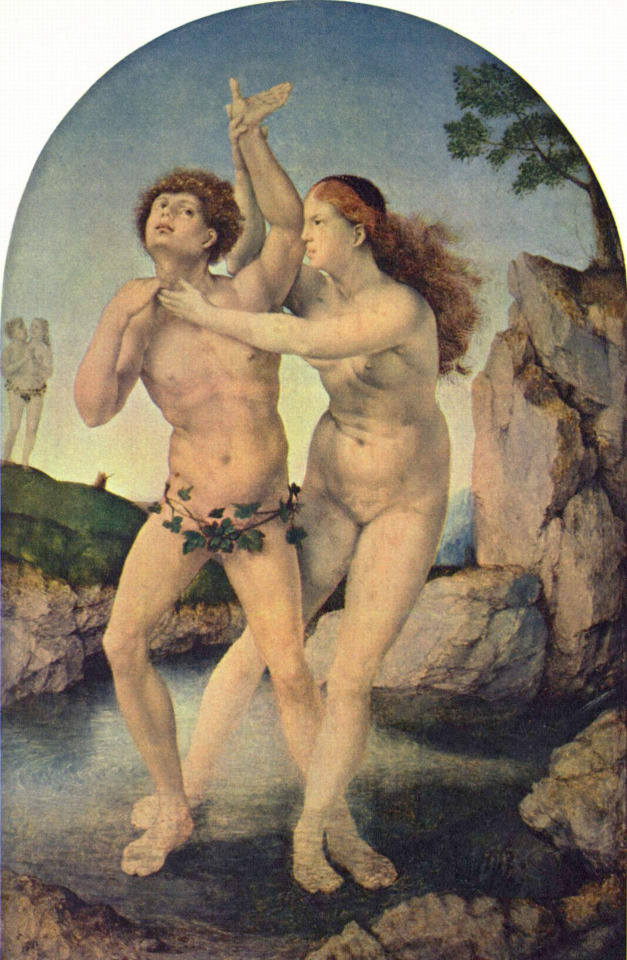
Next, “Venus and Cupid”, around 1521. Note that, while we might mock these early paintings of his, Gossaert was actually one of the FIRST painters to dare do “mythological nudes”. It wasn’t something usual or common before - he truly was a trend-starter. Even though hopefully the nudes did go better because... I am sorry but Mabuse’s anatomy is so strange. Just look at what is supposed to be the duo formed by the most beautiful of the goddesses and a “cute” little child:
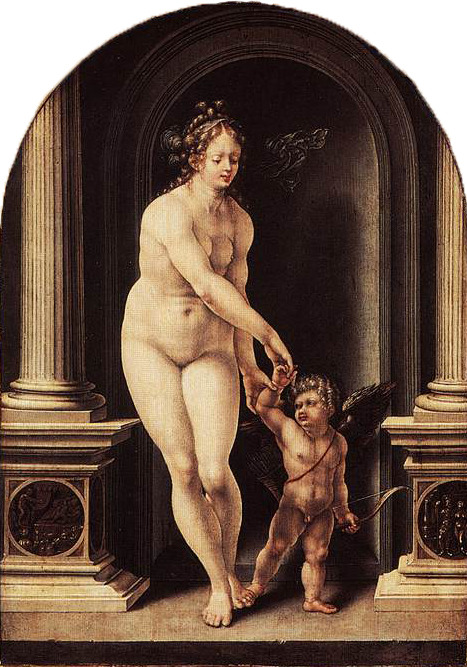
Next on our list is 1527′s “Danae” depicting the titular princess “receiving” Zeus under his shape of a “rain of gold”. While the human depiction is... debatable, so to say, you can actually see in this painting the true reason why Gossaert/Mabuse was admired: his architectural painting. He was a killer when it came to painting buildings, facades, decorums, and this is what people loved and admired about him ; this is also why he always added grandiose buildings in his paintings no matter the subject, no matter how irrelevant it was to the myth. For example in the myth of Danae the princess was locked in a shut-down tower to avoid anything or anyone reaching her, hence why Zeus had to become a shower of gold ; she was not in this large church-like palace covered by windows seen in the painting. But what can you say - Gossaert learnt a lot of his art in Italy, imitated Italian masters and spent a part of his life there, so of course he would be fascinated with Italian architecture (seen as the time as one of the best in the world).

And one more for the road... His “Hercules and Dejanire” piece, where... as you can see the weird faces and contorted positions are back at full force. But look behind the strange bodies - look at the walls and the ceiling and the engravings, look at all that is not flesh and you’ll see Mabuse true art.

#jan gossaert#the art of the myth#painting#mabuse#greek mythology#roman mythology#neptune#amphitrite#danae#venus#cupid#hercules#dejanire#hermaphrodite#salmacis#weird painting
16 notes
·
View notes
Text
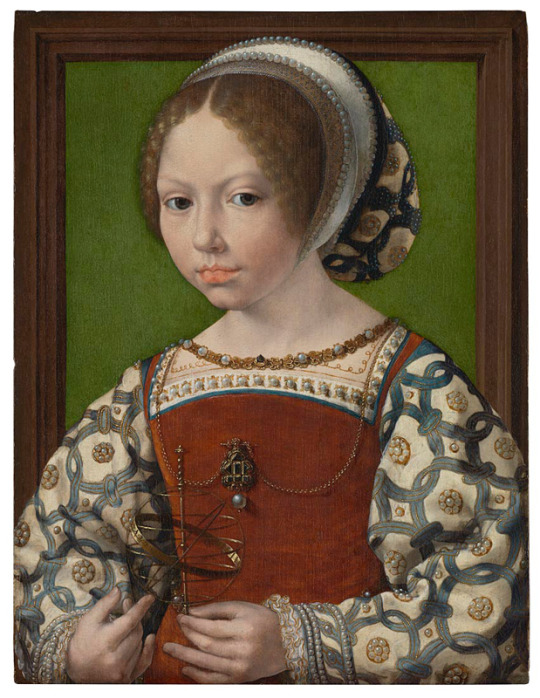
Jan Gossaert, A Young Princess (Dorothea of Denmark?), ca. 1530-1532, oil/panel (National Gallery, London)
7 notes
·
View notes